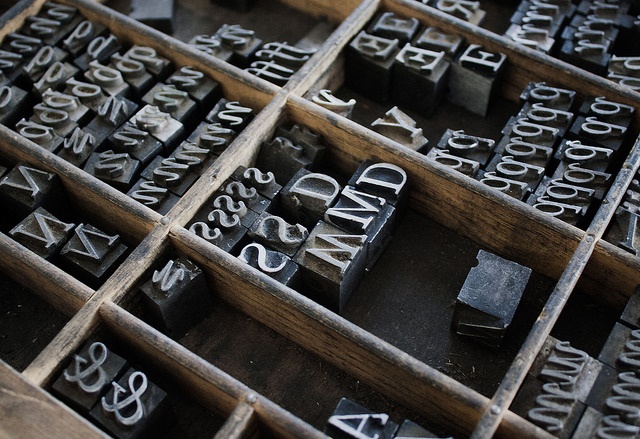The Rules for Italics
There are a lot of different rules to writing that you have to learn. First you have to learn the rules around spelling, which can be challenging when you’re learning English. Then you have rules for capitalization, how to write numbers, and finally you need to learn the standard rules for italics.
Of course, spelling is one of the big things that everyone has to learn. However, the availability of online spell checkers makes

this much easier than in the past. The other good thing about spelling is that there is a right way to spell a word and a wrong way to spell something.
The same is true for the rules of capitalization. There are rules you follow and they are standard.
However, it becomes more or a problem when you’re trying to determine the rules for italics. Although there is basically one set of rules, those rules seem to get changed depending upon who is doing the writing. This means that while the rules of italics are pretty consistent, there is a lot of inconsistency in the way that people actually use those rules. Some people don’t use the rules for italics at all when they write. This all means that when you’re reading, you’re seeing italics used inconsistently.
The Rules for Italics
The most important of the rules for italics concerns the titles of certain items. This includes things like books, magazines, newspapers and plays. Those items should always be italicized when you are typing on a computer using a word processing program. If you are on an old typewriter, or are even handwriting something, those types of words should be underlined.
The inconsistency in the rules for italics likely comes from the differences between the online world and the hand written world. Since these types of titles are handled differently depending upon what you’re using to write with, it’s become difficult to develop consistency in their usage since people see these titles handled differently in different places.
Here are some examples of the types of titles that should be italicized according to the rules for italics:
- The New York Times
- The Wall Street Journal
- Sports Illustrated
- Entertainment Weekly
- Romeo and Juliet
- To Kill a Mockingbird
The next set of rules for italics relates to entertainment programs. Programs on radio or television should always be italicized, as well as movie titles.
Here are a few examples:
- Grey’s Anatomy
- The Rest of the Story with Paul Harvey
- Star Wars
After those two groups, the rules for italics get more difficult to remember because they reference they types of things that are discussed less frequently so people don’t see them as often.
Major musical compositions and titled works of art should also be italicized. This includes things like:
- Swan Lake – ballet
- The Mona Lisa – painting
- The Thinker – sculpture
Other rules for italics concern using words, letters or numbers that are being specifically referenced as words, letters or numbers. This can be more complex, so the examples below show this rule in practice.
- One of her spelling words is biology.
- Is your name spelled with a k or a c?
- Your handwriting is messy. Is that 1705 Main Street or 1106?
You should also use italics to highlight certain words or phrases.
- They were going to the party that everyone always talks about.
In addition to the above mentioned rules for italics, you should also use italics when talking about the names of aircrafts, ships or spaceships as well as foreign words/phrases that are not part of standard English.
